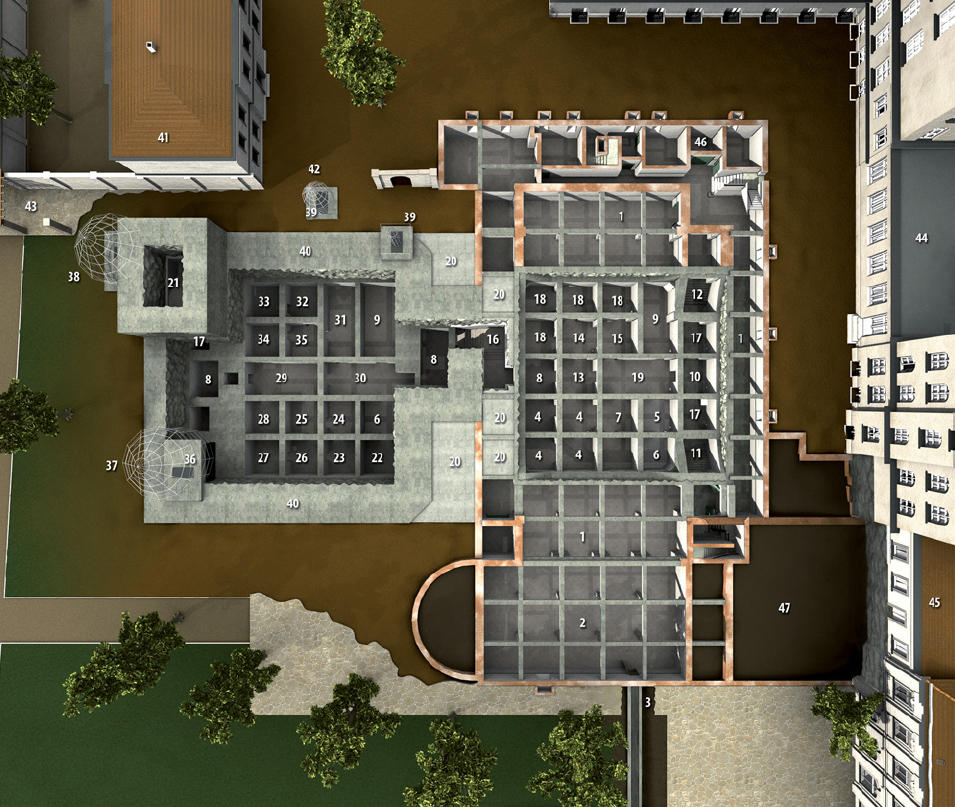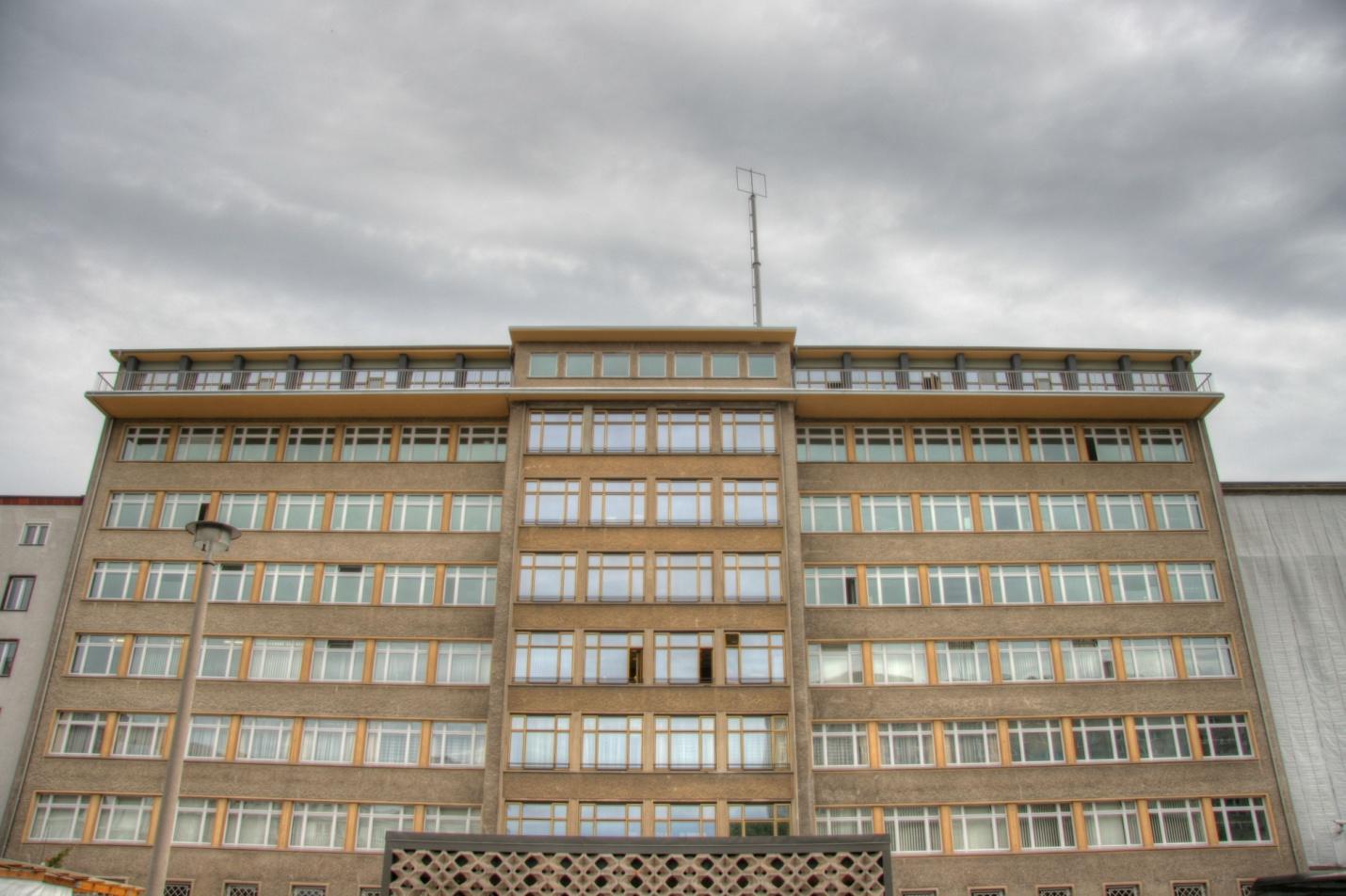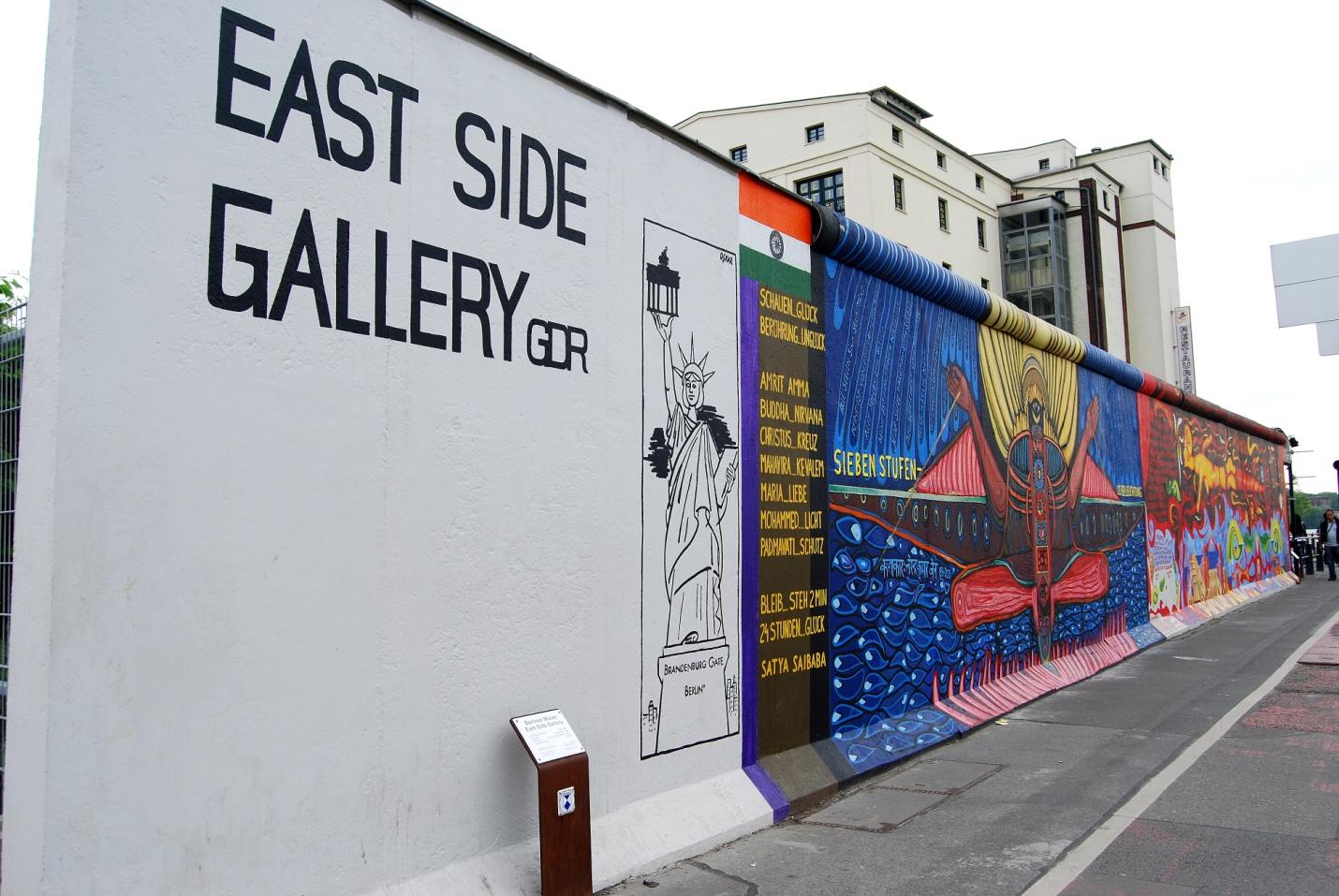
Although WWII is traditionally viewed as the wave of destruction that swept the entire world, it also had some constructive elements to it, the propensity for bunkers and tunnels building popularity being the key one. The underground infrastructure soon turned from uncoordinated trails to an underground city, the infamous Führerbunker being the key one. Connecting the residents of the city to the airport located in Tempelhof, it was supposed to provide safety to the residents of Berlin in case of need to escape from the city (Baker 713).
Group Members Presentation
The issue will be presented in the following order:
Presenter 1: Bunkers and Tunnels of Berlin
Despite comprised mostly of modern architecture, the Berlin infrastructure also conceals some of the 1940s constructions built for a rather specific and original purpose. Numerous bunkers and tunnels stretch across the city, Führerbunker being the most famous one, for the lack of a better word.
The number of underground bunkers is not yet known as they are mostly in private ownership nowadays. It is believed, though, that the underground infrastructure includes at least 100 of them in private possession, most being concealed under ordinary buildings. The constructions include everything that one may need in order to survive; i.e., bedrooms, lavatories, and other premises required to sustain the lives of hundreds of people are a part of the bunkers. There is an underground station, Gesundbrunnen, Nocti Vagus, a restaurant-bunker, a hospital (Alexanderplatz), etc.
Presenter 2: The Controversy Surrounding the Issue
It should be noted that, as impressive and technologically advanced for the time that they were built in, these bunkers, nevertheless, trigger rather bitter memories about the WWII era. Although a significant amount of time has passed since the war was finally over, the burden of guilt is still very heavy for most residents of Germany, hence the understandable unwillingness to give credit to the architectural wonders of the bunkers.
Particularly, the genocide perpetrated by the Nazi soldiers and leading to the deaths of millions of Jews needs to be brought up as the source of controversy. Indeed, while being visually interesting and technologically advanced, the tunnels located under Berlin served as the primary means for the Nazi leaders, specifically, Hitler, to escape from the city and stay alive.
Presenter 3: Addressing the Ethical Dilemma
Despite the problems identified above, the subject matter needs to be talked about for a number of reasons, belonging to the historical landmarks being the key one. It is important to focus on the progress that has been made so far and the lessons that people learned as a result of the WWII outcomes instead of blaming the present-day population for the mistakes of their ancestors. Therefore, the focus of the studies of the tunnels should be on architecture, as well as the fact that the terrors of the Nazi regime and WWII are in the past.
Naturally, silencing the issue should hardly be viewed as the appropriate way of managing the ethical problem in question. Instead, one should stress the analysis of the technological aspects of the constructions as opposed to recalling the events that make the contemporary residents of Berlin experience guilt and shame. In addressing the issue as delicate as this one, people must be very mature and tactful (Jones 2 3).
General Questions
- What are the purposes of Berlin bunkers?
- Are bunkers currently sustained in good condition in Berlin?
- In what way studying the bunkers will help the promotion of architecture development?
The Stasi Issue

Presenter 1: Historical Significance of The Stasi
A range of events occurring at the turn of the 21st century pointed out the significance of global cooperation and world peace. Specifically, the fall of the Berlin Wall and the collapse of the Soviet regime can be deemed the signals for the process of integration to begin. However, apart from the physical change of the remnants of the past, the attitude toward the subject matter has also changed drastically. Known as the shift of the memories, the observed phenomenon allowed to reconsider the role of The Stasi, the State Security Service that existed in East Germany (Beck 82).
Presenter 2: The Stasi in Its Current State
Before considering the present-day state of the Stasi, one must bring up the fact that the building was already in a rather deplorable condition when it stopped being actively used by the German government. In other words, the building has not been renovated since the mid-forties. The reasons for the phenomenon to occur concern the necessity to assume a certain ethical stance on the issue that will eventually satisfy all parties involved. Seeing that the building was used by the East Germany government, it currently represents the great divide that the state residents witnessed at the time. In other words, the Stasi building presently embodies the experiences of the German population with the separation of the state into East and West Germany.
The complex, nevertheless, doubtlessly is a rather impressive architectural artwork. Although most of it is in shambles, the ruins of the building, as well as its remaining parts, including the 33 buildings (20 key ones and 13 auxiliary ones), clearly are worth considering as an important architectural heritage. Building 1 currently remains the primary location for the museum; however, as far as the rest of the elements of the complex are concerned, their fate is yet to be decided upon (Knischewski and Spittler 29).
Presenter 3: Addressing the Issues Related to the Public’s Reaction
Needless to say, the way in which the local residents responded to the idea of renovating the building and keeping it as a part of German history left much to be desired. The responses of the German population are quite easy to understand; after all, the era of the Stasi rule was quite controversial, and the political implications of the identified body of power were beyond negative for not only Germany but also the entire world.
Nevertheless, one must bear in mind that the study of the Stasi is likely to provide a better insight into the specifics of German architecture development. Despite the bitter memories that it is most likely to trigger in the local residents, it should remain a museum that everyone can attend since it represents a significant part of the German history in terms of not only its political but also its cultural evolution, especially as far as the development of architecture is concerned.
General Questions
- What is the Stasi, and what its function used to be?
- Are the Stasi buildings in a proper condition at present, and what are the reasons for their present-day state?
- Why is the use of the Stasi buildings currently a controversy?
- Why is maintaining the Stasi buildings in an appropriate condition aa source of ethical concerns and a major dilemma?
- How can the building be maintained in an appropriate manner without causing drastic problems in German society?
The East Side Gallery: Annihilation and Preservation of the Past

Presenter 1: The Scars of Berlin
When considering some of the most controversial art pieces of Berlin, in general, and architectural elements, in particular, the East Side Gallery needs to be brought up first. The gallery incorporates the graffiti paintings that were made on the Berlin Wall and were supposed to drive people’s attention to the event that took the lives of thousands of people, i.e., the fall of the Wall. Although initially the project was aimed at commemorating the happiness of unifying the state, it also captured unintentionally the tragedy of thousands of people dying as a result of the state politics. Therefore, the controversial nature of the artworks became the subject of numerous debates (Frederick 715).
Presenter 2: When Changes Take Their Toll
When considering the ideas that the graffiti was supposed to represent, one must bring up the fact that the participants aimed at celebrating the fall of the Berlin wall and the following unification of the nation. Disregarding the deaths of millions of people that occurred before and during the event would be a mistake; however, it would also be unfair to claim that the paintings abuse the memories of the people that fell victim to the policies of the identified era.
Unfortunately, at some point, the graffiti art started fading to the point where it became barely recognizable. The subsequent renovation campaign that was started to keep the graffiti intact received a rather cold shoulder from the local residents, though. Needless to say, the events related to the Berlin Wall left a significant mark on the lives of the German people, and the idea of bringing the painful memories back was understandably viewed as negative by a wide range of the population. The controversy has sparked a range of cases of vandalism, which have become less frequent nowadays yet still occur sometimes.
Presenter 3: East Side Gallery and Its Significance Nowadays
Because of the propensity of the German population to keep the memories about WWII and the related issues, the East Side Gallery remains an admittedly significant part of the 20th-century heritage.
Nevertheless, it fails to remain the time capsule that contains the remnants of the era untouched. Quite on the opposite, the time has been taking its toll on the building, graffiti paintings slowly covering it and making the initial artwork less distinctive.
Although the original purpose of the Stasi building can be viewed as controversial, it is essential to keep the architectural heritage of the era. Thus, the opportunities for a detailed study of the changes that the German art, in general, and architecture, in particular, experienced. Furthermore, the tendencies in its development can be located quite easily when considering the subject matter (Verheyen 10).
General Questions
- What is the East Side Gallery?
- Why is the renovation of the East Side Gallery Controversial?
- What is suggested as the solution to the dilemma?
Works Cited
Baker, Frederick. “The Berlin Wall: Production, Preservation and Consumption of a 20th-century Monument.” Antiquity 67.257 (1993): 709-733. Print.
Beck, John. “Concrete Ambivalence: Inside the Bunker Complex.” Cultural Politics 7.1 (2011): 79-102. Print.
Fulbrook, Mary. “Historical Tourism: Reading Berlin’s Doubly Dictatorial Past.”Memory culture and the contemporary city. Palgrave Macmillan UK, 2009. 126-144.
Jones, Sara. The Media of Testimony: Remembering the East German Stasi in the Berlin Republic. Springer, 2014. Print.
Knischewski, Gerd and Ulla Spittler. “Remembering in the Berlin Republic: The Debate about the Central Holocaust Memorial in Berlin.” Debatte: Journal of Contemporary Central and Eastern Europe 13.1 (2005): 25-42. Print.
Verheyen, Dirk. United City, Divided Memories?: Cold War Legacies in Contemporary Berlin. Lexington Books, 2010. Print.